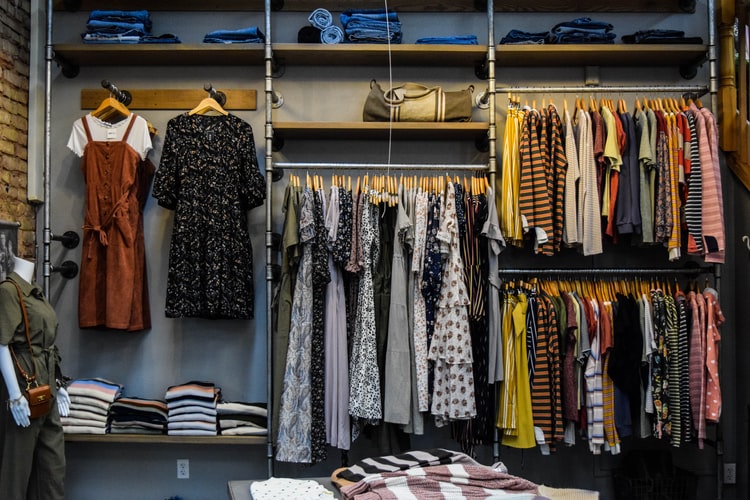
Five centuries ago, wearing black exhibits bereavement. In the U.S. and Europe, black was the mourning colour, usually worn at funerals and time after the death of a loved one. Originally, royal families and aristocrats wear mourning dress when they are in grief. It eventually became a fashion statement used by individuals who follow the elite.
Putting on black clothing typically conveys social significance. In the Middle Ages, Spanish men wore black velvet to show status; black dyes were pricey. Furthermore, beatniks in the U.S. wore black to isolate themselves from the herd, back in the mid-20th century. Nowadays, there are distinct groups of young individuals wearing black and calling themselves Goths.
The Upper Class
In the Middle Ages, there was a sumptuary law regulating the wearing of mourning dress. There was a strict rule about the type of clothing worn at funerals and after people’s death from the upper-class.
Funeral processions follow a social hierarchy; the first ones are the bereaved family, then the royals and aristocrats, following are the clergies, military, and middle class. Everyone wore black, but there was coding, emphasising the social classification in the crowd. Those in high society mourners wore expensive black hoods and long trains.
Mourning dresses are exclusive for upper-class individuals. Sumptuary laws on wearing dresses and the use of black clothing during bereavement did not apply to the lower class until some time later.
The Rise Of Popularity In 18th Century
Since the Western European economy improved the merchant class’s financial standing, they can already afford expensive and fashionable clothes. The merchant class aims to imitate the elite’s style, particularly the culture of using mourning dress. They began to violate sumptuary laws and invented their fashion by incorporating the elite way in their custom. Hence, they paid fines for their defiance.
Men and women of high society consider mourning clothes as fashionable, distinctly sewn fabrics and handsome clothing designs.
The Victorian Age Style Of Mourning Clothes
The Industrial Revolution considerably changed the wearing of mourning clothing. Technology has created a new breed of the middle-class and improved manufacturing process, which allowed mass production of black clothing and mourning jewellery.
In the mid-19th century, putting on mourning clothes was a sign of decency. Queen Victoria had dramatically changed the fashion scene, which started when she wore black clothing after her husband died. Bounded by etiquette rather than the regulations, the kind of mourning clothing and length of time a person wore began in Victorian times. For two and a half years, a widow wore a mourning dress.
Widows observed a year full of mourning, wearing only plain black fabrics with no jewellery. When they leave the house, they wear black veils to cover their faces. Following a year, they wore subtle jewellery and added trimmings. It took them two years to start wearing more colours but in duller shades.
The End Of Mourning Clothes
In the 20th century, mourning dress was no longer that common. However, Catholic countries still observe the practice of wearing black during bereavement. Eventually, more people, both men and women, started wearing black clothing on any occasion. In urban areas, some people no longer wear black at funerals. But for the bereaved family, using black clothing signifies protection and distinction. The public can easily recognise and offer their sympathy when they see them at funerals.